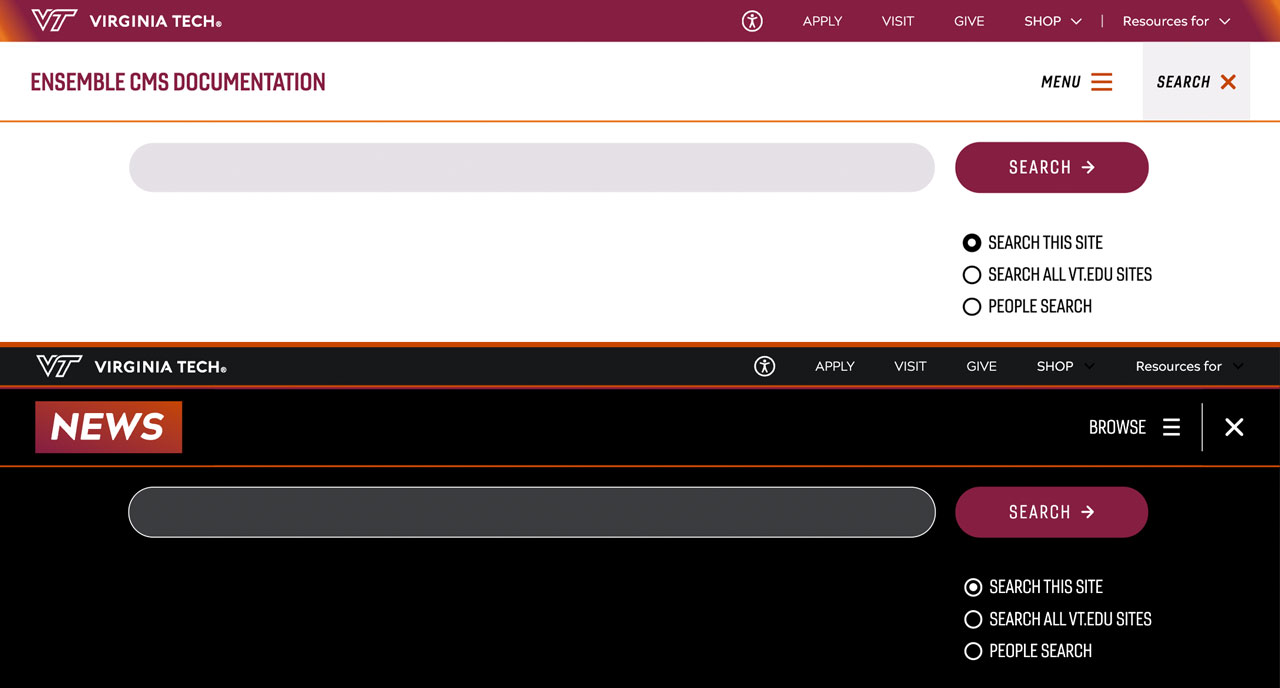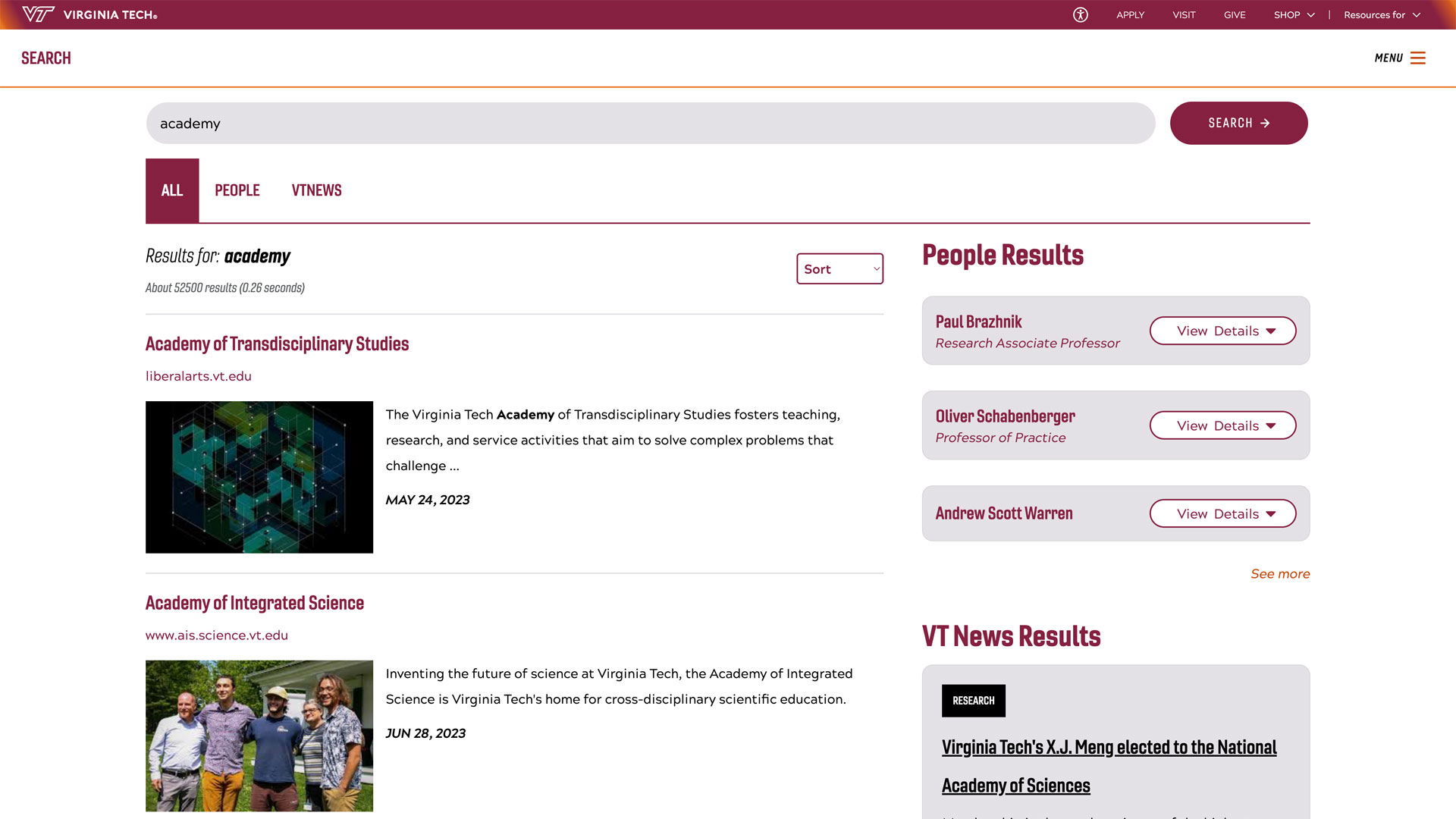Experts weigh in on U.S. infrastructure woes

America’s infrastructure is cracking, according to the latest report card from the American Society of Civil Engineers. In multiple categories, from aviation to roads to energy, the country’s infrastructure is earning Ds, almost-failing grades. Virginia Tech engineering experts can break down what these failing grades mean — and what needs to happen to rebuild to make our communities safer and better prepared for the future.
Aging pipes and PFAS in drinking water (Grades: Drinking Water: C- | Wastewater: D+ | Stormwater: D)
“We’ve delayed investments in new treatments, water main replacement, and more sustainable source waters,” said Marc Edwards, a University Distinguished Professor known for his role in exposing the Flint, Michigan water crisis. “It turns out that the only real question is whether we proactively invest with minimal disruption and lower cost or wait until costly failures occur.”
Kirin Furst, a PFAS expert and associate professor at the Occoquan Watershed Monitoring Lab, said the poor grades in drinking water, stormwater, and wastewater are especially concerning for public health.
“There is a significant shortfall in the investment to address the high cost of implementing PFAS treatment systems. The wastewater and stormwater grades are just as concerning to me, because many of our drinking water supplies are directly impacted by wastewater and/or stormwater outfalls.”
A need for more resilient bridges (Grade: National: C | Virginia: B)
The U.S. has made little progress on bridge safety “Currently 6.8 percent of the nation’s bridge inventory has structural defects, said Roberto Leon, structural engineering expert and Via Professor at Virginia Tech. “We have a very large funding gap, about $373 billion, in the money required to address bridge infrastructure needs for the next decade.”
He notes that Virginia stands out: “Beginning in 2015, the Virginia legislature enacted the State of Good Repair... This has resulted in Virginia earning an impressive B grade, sharing the highest grade in the country with Florida.”
Aviation infrastructure nearing capacity (Grade: D+)
The FAA projects 14 major airports will be capacity-constrained by 2033. Antonio Trani, director of Virginia Tech’s Air Transportation Systems Lab, says infrastructure is lagging: “Flight demand has grown by a factor of four since 1976 and airports have not kept up with such demand changes.”
A slight improvement in roadways (Grade: D+)
After more than a decade at a D, the grade for roads has slightly improved. “There is still a long way to go,” said Gerardo Flintsch, the Dan Pletta Endowed Professor in the Via Department of Civil and Environmental Engineering. “As the funding gap is enormous and the number of people dying on America’s roads and the contributions to greenhouse emissions remain too high.”
Energy usage and power grid capacity continues to pose challenges (Grade: D+)
The energy grid is under pressure from climate change, electrification, and aging infrastructure.
“We built a grid that, while robust for its time, is now a patchwork of aging components and incremental upgrades,” said Ali Mehrizi-Sani, director of Virginia Tech’s Power and Energy Center. “Much of it is in operation well beyond its intended lifespan.”
He stressed the need for modern workforce training in areas like power electronics, data science, and real-time grid simulation.
Interview
To schedule an interview, please contact: Margaret Ashburn at mkashburn@vt.edu or 540-529-0814.




